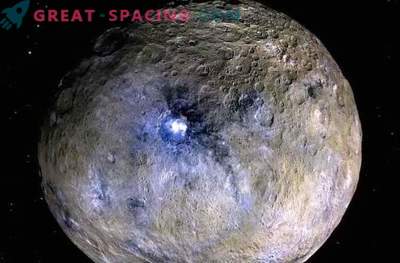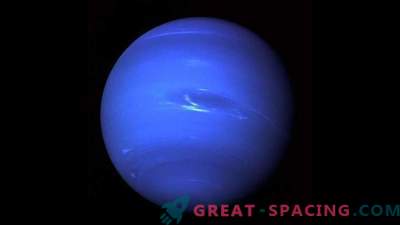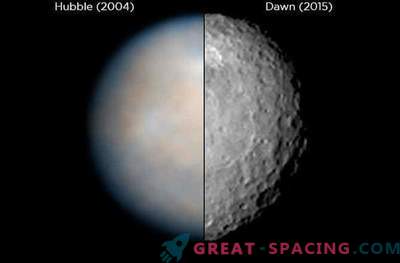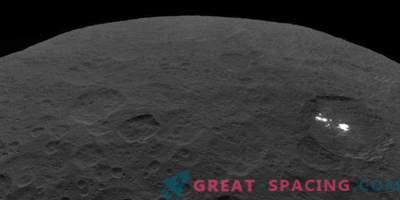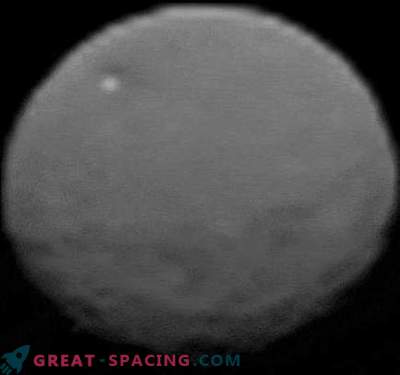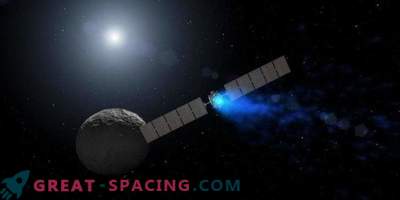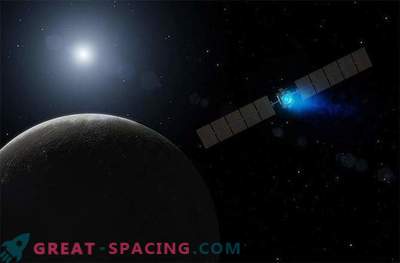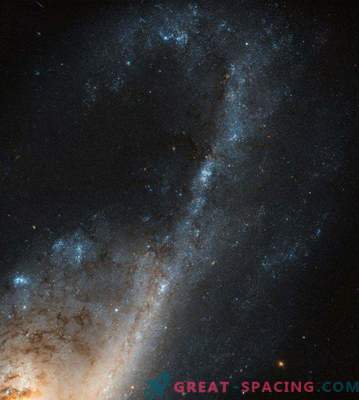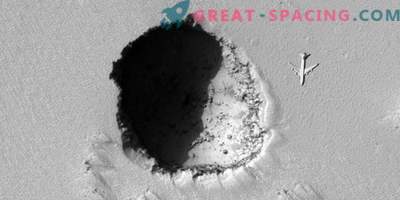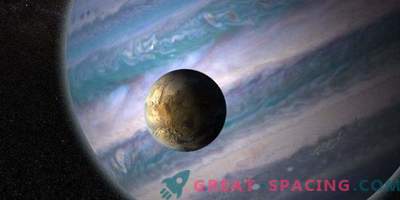
The bright parts of the Ceres surface (referred to as fakula) were first noticed in 2015 in a review of the NASA Dawn spacecraft. This mosaic of 4 photographs shows the Cerealia fakula displayed from a distance of 35 km above the surface. The mosaic is superimposed on a topographic model based on the images of Dawn from a height of 385 km. The fakula center of Cerealia is located at 19.7 degrees north latitude and 239.6 degrees south latitude.
The Dawn mission has studied the asteroid Vesta and the dwarf planet Ceres for more than 11 years. It is believed that these celestial bodies formed at the beginning of the history of the solar system. The purpose of the mission is to characterize the early system and the processes dominant in the formation.
